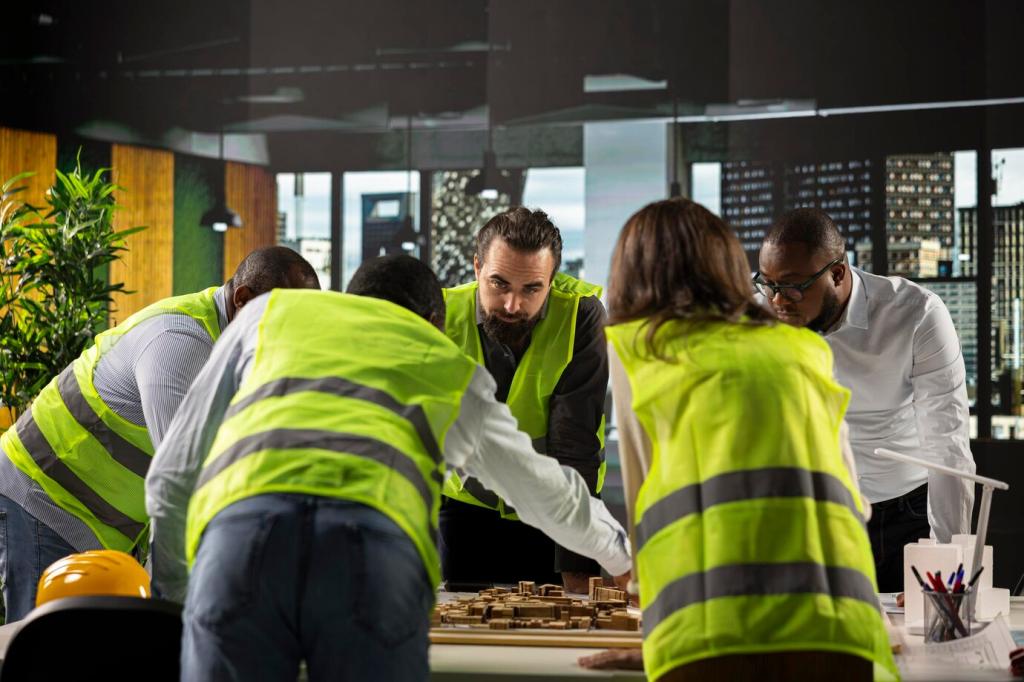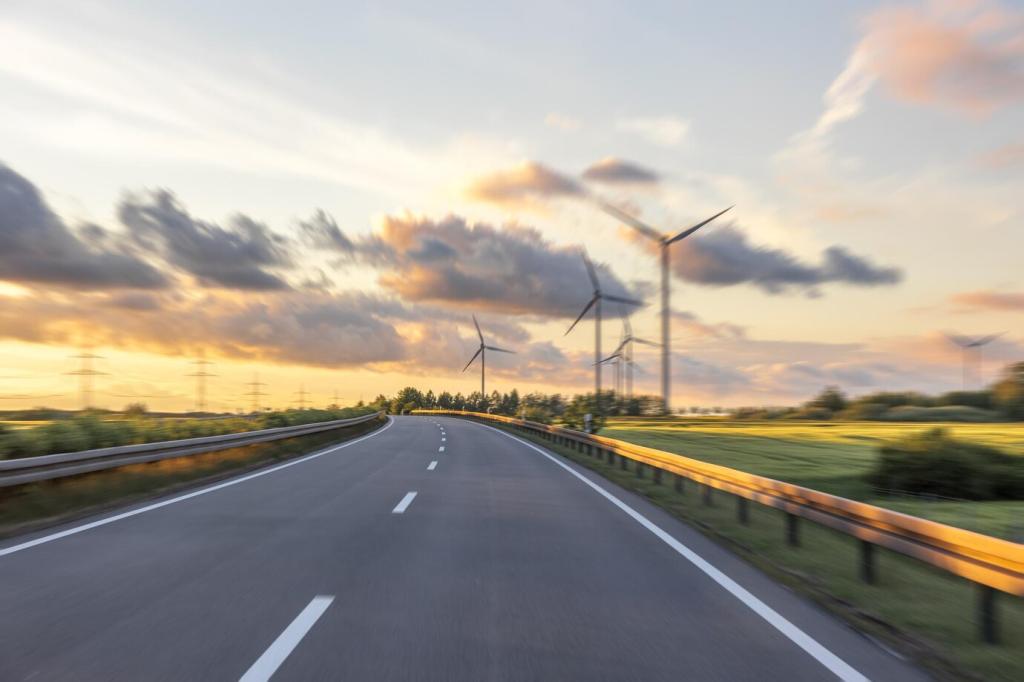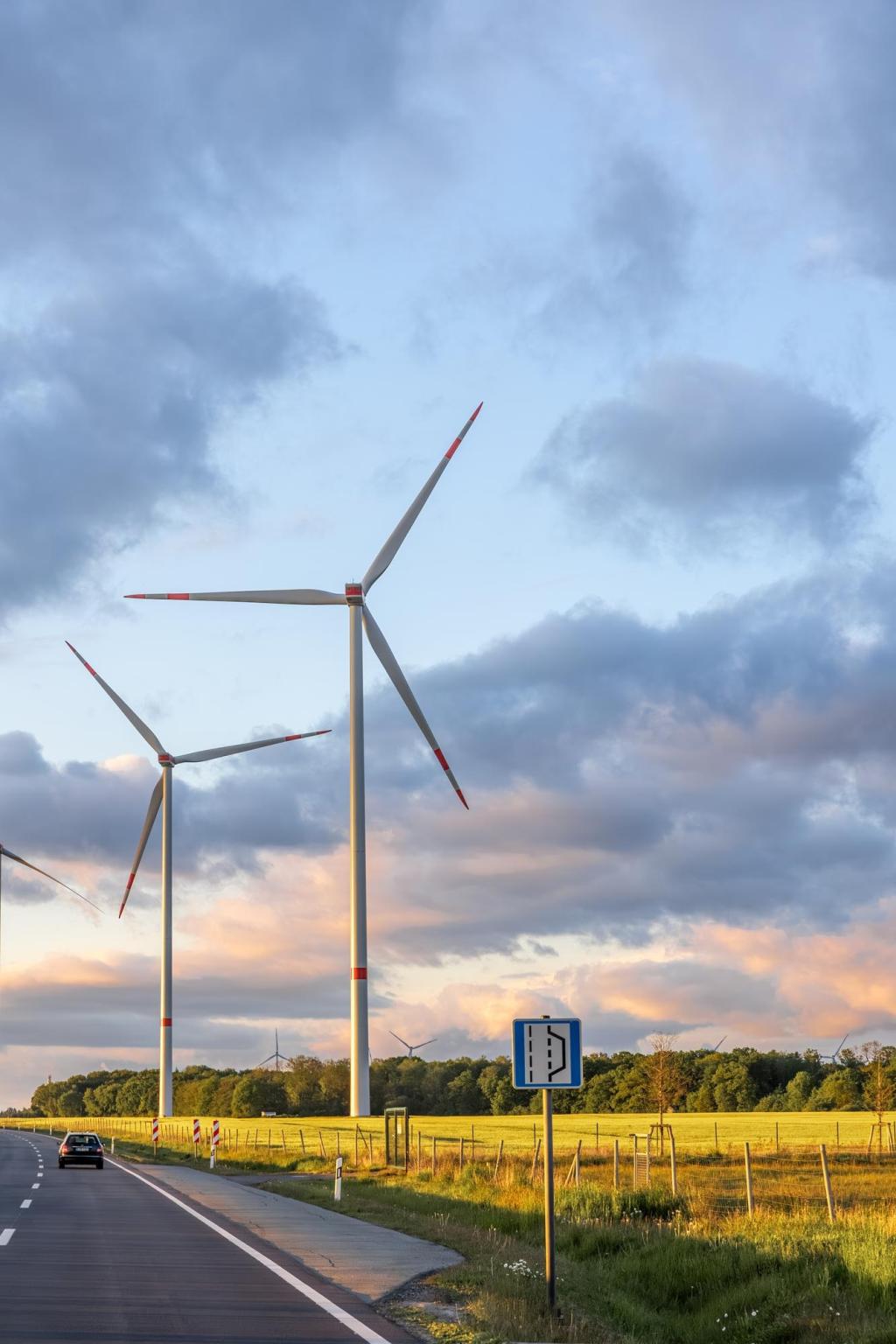Future Trends to Watch
Expect more on‑device learning that adapts lighting, heating, and appliances without constant cloud calls. Faster local decisions cut latency and energy, while keeping personal patterns private. Tell us which tasks you want handled locally and we’ll test them in upcoming posts.
Future Trends to Watch
Kinetic, solar, and thermal harvesting can power small sensors for years. Fewer disposable batteries mean less waste and maintenance. As these mature, door, light, and climate sensors could run indefinitely, trimming costs and clutter while making installation friendlier for renters.









